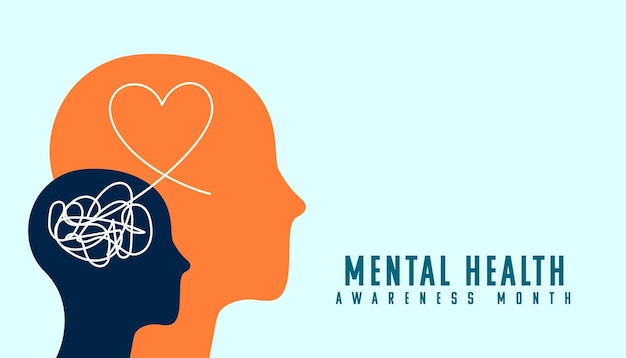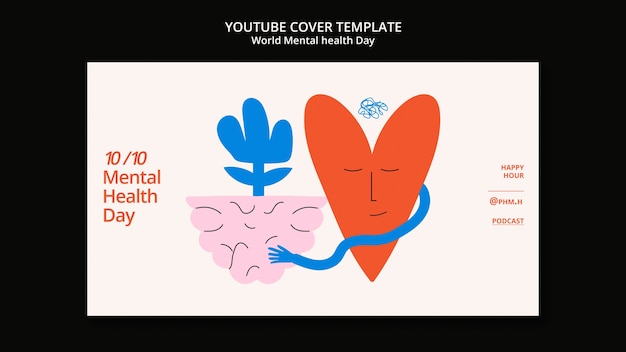In Western psychiatry, hearing voices—auditory hallucinations with no external source—is typically classified as a hallmark symptom of psychosis, often linked to conditions like schizophrenia. When someone reports hearing disembodied voices, the immediate medical response is often diagnosis, medication, and treatment aimed at eliminating the experience. But around the world, this phenomenon is interpreted very differently. In many cultures, hearing voices is not a sign of illness, but a spiritual gift, a message from ancestors, or a calling to healing or leadership.
This stark contrast challenges the universality of Western psychiatric models and raises critical questions: Who defines mental health? Can a symptom in one culture be sacred in another? And what can we learn by listening—not just to the voices, but to the people who hear them?
In mainstream Western medicine, hearing voices is largely seen through a biomedical lens. It’s categorized as an auditory hallucination, most commonly associated with psychotic disorders such as schizophrenia, schizoaffective disorder, or severe depression with psychotic features. Diagnostic tools like the DSM-5 (Diagnostic and Statistical Manual of Mental Disorders) list hallucinations as a core criterion for psychosis.
Treatment typically involves antipsychotic medications and cognitive behavioral therapy (CBT) aimed at reducing or eliminating the voices. While these approaches can be life-saving for some, they often frame the experience as inherently pathological—something to be suppressed, not understood.

Western psychiatry often treats voice-hearing as a symptom to be managed.
In contrast, many non-Western cultures interpret voice-hearing as a meaningful, even positive, experience. Anthropological studies have documented communities where hearing voices is associated with spiritual awakening, shamanic initiation, or ancestral communication.
For example, in parts of Ghana, India, and Indigenous communities across Africa and the Americas, individuals who hear voices may be regarded as healers, seers, or mediums. Among the !Kung people of the Kalahari Desert, voice-hearing during trance states is a normal part of spiritual rituals. In Nepal, shamans often report voices guiding them during ceremonies—voices seen not as delusions, but as divine instructions.
These cultural frameworks don’t pathologize the experience. Instead, they provide social roles, rituals, and support systems that help individuals integrate the voices into their lives in constructive ways.
Even within the West, perspectives are evolving. The Hearing Voices Movement (HVM), which began in the Netherlands in the 1980s, challenges the idea that voice-hearing is always a sign of illness. Founded by a psychiatrist and a voice-hearer, the movement emphasizes that many people hear voices without distress or impairment—sometimes throughout their lives.
HVM promotes peer support groups where individuals share their experiences without judgment. The focus shifts from elimination to understanding: What do the voices say? When do they appear? Are they comforting, critical, or instructive? This approach aligns more closely with trauma-informed care, recognizing that voices may emerge in response to abuse, loss, or extreme stress—but are not necessarily signs of brain disease.

Support groups help voice-hearers make sense of their experiences without stigma.
Recent studies have begun to bridge cultural and scientific perspectives. Researchers at Yale and other institutions have explored how voice-hearing in non-clinical populations—such as psychics or spiritual practitioners—differs from that in diagnosed psychosis. Some findings suggest that the key difference may not be the presence of voices, but the relationship the person has with them.
For instance, individuals who hear voices in spiritual contexts often report a sense of control, respect, and purpose in their interactions. In contrast, those in distress may feel overwhelmed, persecuted, or powerless. This insight has led to innovative therapies, such as avatar therapy, where patients create digital representations of their voices and engage in dialogues to regain agency.
Such approaches reflect a growing recognition that mental health is not just about brain chemistry, but about meaning, identity, and context.
The global diversity in interpreting voice-hearing urges us to reconsider rigid diagnostic categories. If a person hears voices but functions well, feels supported by their community, and finds meaning in the experience, is it still a disorder?
Cultural humility in mental health care means acknowledging that Western models are not the only valid framework. It calls for listening to patients’ narratives, respecting their beliefs, and offering care that aligns with their worldview—not imposing one.
Ultimately, the phenomenon of hearing voices reminds us that human experience is vast and varied. What one culture labels a symptom, another may honor as a gift. And in that difference lies an opportunity—for compassion, for learning, and for a more humane approach to mental health.

Health

Health

Health

Health

Health

Health

Health

Health

Health

Health

Health

Health

Health

Fitness

Health

Health